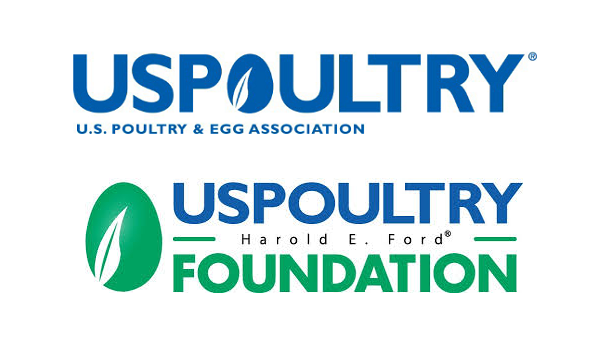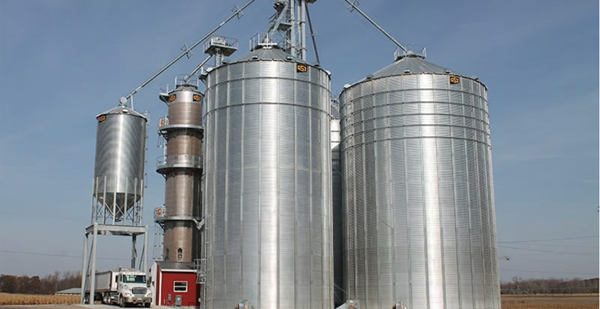Two states affected by avian flu outbreaks in dairy cattle and commercial poultry reported more probable H5 avian flu infections in farm workers over the last few days, four in California and three in Washington.
In other developments, federal officials reported more outbreaks in dairy cows and poultry, and in California, Los Angeles County announced that H5 has been detected in wastewater for the first time.
More illnesses suspected in farm workers
With the 4 new infections, the California Department of Public Health (CDPH) has now reported 20 cases, of which 17 have been confirmed by testing at the Centers for Disease Control and Prevention (CDC).
The CDPH also notes one other probable case in a dairy worker who met the probable case definition and had a sample that tested positive at a local lab; however, the CDC’s confirmation test was negative.
Also, the Washington State Department of Health on November 1 reported 3 more probable cases in people exposed to sick poultry, raising the state’s total to 12, of which 9 have been confirmed by the CDC. The patients traveled while they were sick to Oregon, which has recently reported the virus in poultry, including at a backyard farm where a pig also recently tested positive, the first known case in US swine.
In an October 31 statement, the Oregon Health Authority said the patients were monitored by Oregon health officials while in the state. All had been exposed to sick poultry in Washington. The agency added that the three people have returned to Washington for monitoring for 10 days after their last exposure to infected birds.
In its November 1 update on confirmed human cases so far this year, the CDC listed 41 cases in six states, with the jurisdiction pending for 1 case in patient exposed to poultry.
More outbreaks in dairy cattle and poultry
In animal health developments, the US Department of Agriculture (USDA) Animal and Plant Health Inspection Service (APHIS) has confirmed 38 more H5N1 outbreaks in dairy cattle, 30 in California and 8 in Utah, which the state had earlier said are located in Cache County. The virus has now been confirmed in 442 herds across 15 states. When factoring in all livestock, including swine and alpacas, APHIS has confirmed 444 detections in 16 states.
Also, today APHIS confirmed more poultry outbreaks in three western states, including a commercial turkey farm in California’s Sacramento County that houses 48,300 birds. The agency also confirmed two outbreaks in backyard flocks in Washington, one in Okanogan County and the other in Stevens County, as well as an event involving backyard birds in Oregon’s Jackson County.
H5 detected in LA County wastewater
The Los Angeles County Department of Public Health announced on November 1 that H5 avian flu has been detected at one of its wastewater sampling sites for the first time.
No human cases have been reported in the county, and the overall risk to residents remains low, the county said. It added that it is actively engaging with key risk groups, such as dairy and meat processing workers, to pinpoint any possible sources of the H5 virus in wastewater.
Source: University of Minnesota – CIDRAP
















Egg Farms Should Watch Out for Egg Drop Syndrome
Egg drop syndrome isn’t widespread in the United States, but it has caused problems for some Pennsylvania egg farms in recent years.
“When we first saw it, we said, ‘Nope, doesn’t occur in the U.S.’ And sure enough, it did,” said Dr. Sherrill Davison, an avian pathologist at the University of Pennsylvania School of Veterinary Medicine.
Davison spoke Oct. 29 at the Egg Industry Issues Forum presented by the Egg Industry Center.
Egg drop syndrome was first described in the Netherlands in 1976.
Most of the U.S. cases have been in Indiana and Pennsylvania. The disease mostly affects brown birds, and it combines shell quality problems with a drop in egg production.
Those symptoms can also be caused by avian influenza, so the lab must rule out that costlier disease first before considering an egg drop diagnosis, Davison said.
“The birds look perfectly happy, no postmortem lesions, but they are not laying eggs, and they are laying eggs with soft shells or shell-less eggs,” she said.
Birds from at least eight Pennsylvania flocks have been infected.
Davison suspected the initial outbreak came from out-of-state eggs brought to a Pennsylvania farm for processing. Then came some local spread and outbreaks connected to a second egg processing company.
Egg production may drop dramatically, but in one flock, it only fell 8%. The history of shell quality problems helped identify the problem on that farm, Davison said.
The disease can recur even after cleaning and disinfection, but imported vaccines work well at preventing the disease.
In unvaccinated flocks, molting is a good option.
“It calms the whole reproductive system down. And after you do that molt and you bring the birds back in, the birds pretty much are normal at that point,” Davison said.
Source: Lancaster Farming – Philip Gruber